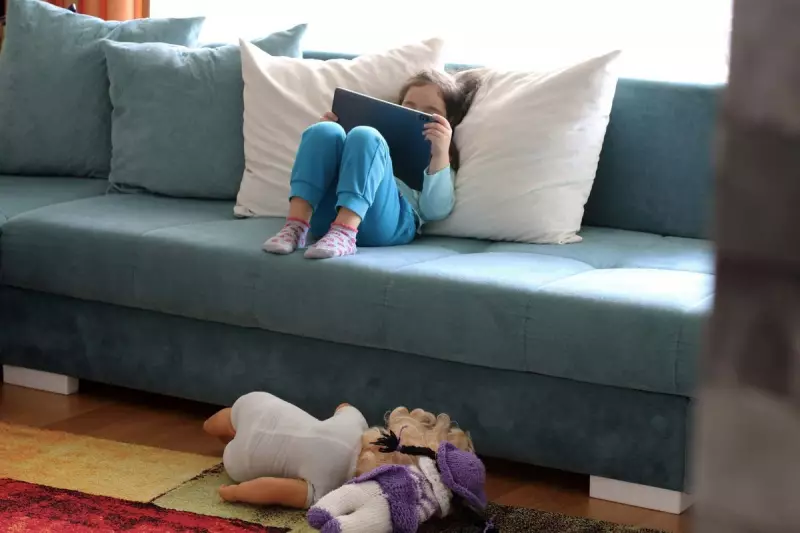
In a surprising twist that challenges conventional thinking about digital devices and education, new research reveals that the relationship between screen time and school performance is far more complex than previously believed.
The Unexpected Findings
Contrary to widespread assumptions that screen time universally harms academic achievement, the study suggests that the type of screen activity matters significantly. Educational content and strategic digital learning tools may actually support, rather than hinder, children's educational development when used appropriately.
Breaking Down the Research
The comprehensive analysis examined thousands of students across multiple age groups, considering various factors including:
- Different types of screen activities
- Duration and timing of device usage
- Age-appropriate content considerations
- Balance between digital and traditional learning methods
What This Means for Parents and Educators
Rather than implementing blanket restrictions on screen time, the research suggests a more nuanced approach. The focus should shift from simply limiting hours to carefully considering the quality and purpose of digital engagement.
Key recommendations emerging from the study include:
- Prioritise educational content over passive entertainment
- Establish clear boundaries for recreational screen use
- Encourage balanced activities that include physical and social engagement
- Use technology as a supplement to, rather than replacement for, traditional learning methods
The Bigger Picture
As technology becomes increasingly integrated into modern education, this research provides crucial insights for developing evidence-based guidelines. The findings suggest that well-managed screen time, when combined with other educational strategies, can form part of a successful learning environment.
The study marks a significant step forward in understanding how digital technology affects young learners, offering hope for more balanced and effective approaches to technology in education.





